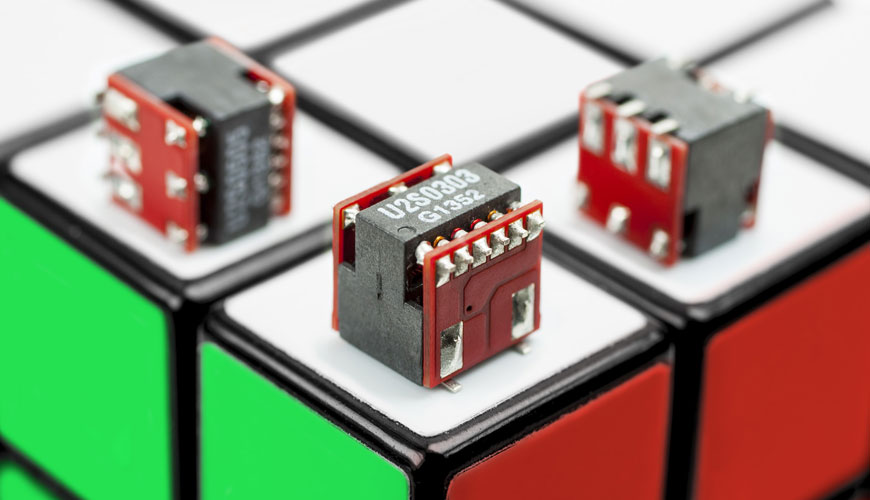

The EN/IEC 60146-1-1 standard specifies the requirements for the performance of all semiconductor power converters and semiconductor power switches using controllable or uncontrollable electronic valve devices. It is primarily intended to specify the basic requirements for converters in general and the applicable requirements for line commutated converters for conversion of ac power to dc power and vice versa.

Parts of this standard also apply to other types of electronic power converters, provided they do not have their own product standards. This fourth edition constitutes a technical revision and introduces five major changes.
Type testing should be performed to verify the conformity of the product design to meet the performance requirements specified in this standard or, separately, the specific performance requirements. Some or all of the type tests may be repeated at specified intervals to verify that product quality is maintained. Routine testing should be performed on each sample prior to delivery to verify that the guidelines in this standard are met. According to the standard, the rating plate must be supplied with the product by the manufacturer.
EN/IEC 60146-1-1 Type testing should cover:
Optional tests are also included in the standard. These tests should be performed if specifically agreed upon. These tests should include:
EN/IEC 60146-1-1 Type Tests
Insulation Tests
In order to demonstrate that the dielectric strength of the insulation system within the product is sufficient, the tests should be performed as type tests in conjunction with routine tests. High voltage is applied to verify additional, double and reinforced insulation in accordance with the standard. If no electrical breakdown occurs during the test, the test was successful. In addition to the insulation test, the insulation resistance should also be measured.
Light Load Test and Functional Test
The light load test is performed to verify that all parts of the electrical circuits and equipment cooling system are operating correctly with the utility circuit. For routine testing, the inverter is connected to the rated input voltage. For type testing, the function of the hardware is also tested at the maximum and minimum values of the input voltage.
Rated Current Test
The test is done to verify that the equipment will operate satisfactorily at rated current. In this case, the terminals should be short-circuited directly or with a reactor, and an alternating voltage of at least a value that will cause the continuous rated direct current to flow should be applied to the AC terminals of the inverter.
Determination of Power Loss
Losses in the complex and equipment can be determined by calculations based on measurements or by direct measurements. The power losses of the inverter shall be measured during a light load (smallest load possible) test and in a short circuit test.
Temperature Rise Experiment
The temperature rise in the converter shall be determined at the test conditions given for the current test under at least suitable cooling conditions. The temperature rise should be measured at the specified point and the result used to validate the design of the cooling system.
Control of Auxiliary Elements
Contactors, pumps, succession equipment, ventilators, etc. should be checked. If appropriate, this check should be done in conjunction with the light load test.
Checking Control Hardware Features
The static and dynamic properties of the control hardware should be checked in both cases. This includes checking that the equipment operates satisfactorily at all supply voltages within the range for which it was designed.
Control of Protective Elements
The control of the protective elements should be carried out as far as possible without forcing the components in the equipment above their rated values.
Our organization, among numerous test, measurement, analysis and evaluation studies, with its trained and expert staff and advanced technological equipment, within the framework of national and international standards, offers EN/IEC 60146-1-1 Semiconductor Converters - General Requirements and Line Commutation Converters - Part 1-1: Basic Requirements Features services.
To get an appointment, to get more detailed information or to request an evaluation, you can ask us to fill in our form and reach you.